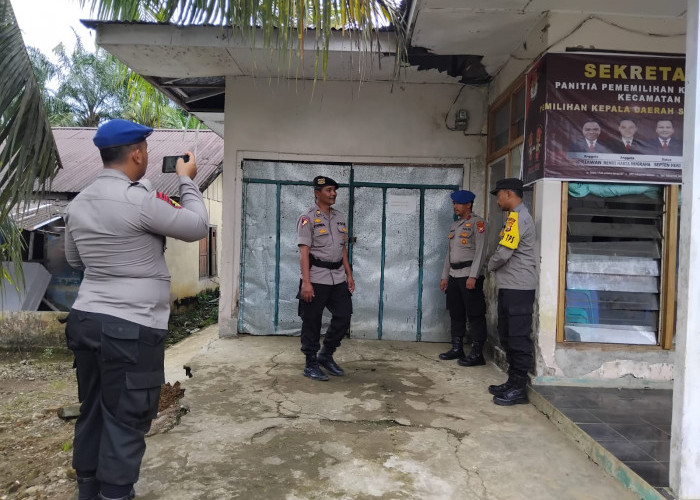Wistar Scientists Engineer New NK cell Engaging Immunotherapy Approaches to Target and potentially Treat reca

The Wistar Institute--
To combat ovarian cancer treatment resistance, the team hypothesized that they might be able to engage not only the traditional T cell immune arm of the immune system which PD-1 and known checkpoint inhibitors (CPI) activate, but also implement a strategy to activate Natural killer cells (NK cells), a subset of important anti-tumor immune cells, through a conserved glyco-immune marker found on the surface of most NK cells called Siglec-7 (Sialic acid-binding immunoglobulin-type lectin). NK cells have been recently described to express Siglec-7, so the team tested two new strategies to engage and activate NK cells against ovarian cancer through Siglec-7.
The first approach used human monoclonal antibodies (mAb) discovered and developed at Wistar and novel assays to visualize and demonstrate that certain anti-Siglec-7 mAbs could activate human NK cells — which, in the presence of the antibodies, responded against multiple human OC cell lines. These now-activated NK cells would kill OC but not non-cancer cells with the Siglec-7 mAb treatment.
The researchers demonstrated that multiple OC carrying mutations, including BRCA1 and BRCA2, could be targeted by Siglec-7 antibodies through activated NK cells. The group moved to study the treatment of OC in a humanized mouse model and observed that the Siglec-7 treatment could impact OC growth slowing the tumors and increasing the animals’ survival.
Having demonstrated the feasibility of utilizing a Siglec-7 mAb in OC models, the team thought there were additional ways to use the Siglec-7 mAb to further focus on OC disease. They hypothesized that directly fusing the Siglec-7 reactive binding site of the Siglec-7 mAb to a second mAb that uniquely binds late OC through a molecule named Follicle Stimulating Hormone receptor (FSHR), which they had previously developed, would create a targeted Siglec-7 bispecific antibody that could bind through two distinct targets creating a new class of NK cell engagers (NKCE).
The team sought to test whether this Siglec-7 NKCE approach would be effective through the direct linkage of potentially killer NK cells to a guided missile aimed specifically at OC, which would open up a new path to develop additional Siglec-7 based immunotherapeutic approaches. In both bench and humanized mouse challenge studies, the Siglec-7-NKCE was effective at targeting OC, activating NK cells in local proximity and efficiently killing multiple OC.
BACA JUGA:Daya Tarik Utama Bugatti Adalah Eksklusivitasnya Kombinasi Mewah dan Kecepatan
BACA JUGA: Jelang Penetapan DCT, 11 Partai Ganti 15 Bacaleg! Apa Anda Termasuk?
Both Siglec-7 technologies (mAbs and NKCEs) demonstrated an ability to recruit and activate the NK cell population, shrink tumors and prolong survival in the models studied. The observation of on-target specificity of the approaches suggests that cancer’s apparent Siglec vulnerability can be exploited therapeutically, perhaps with limited toxicity — a promising sign for the future of anti-cancer Siglec research, but the team cautions that more work in this regard is important.
Sumber:














